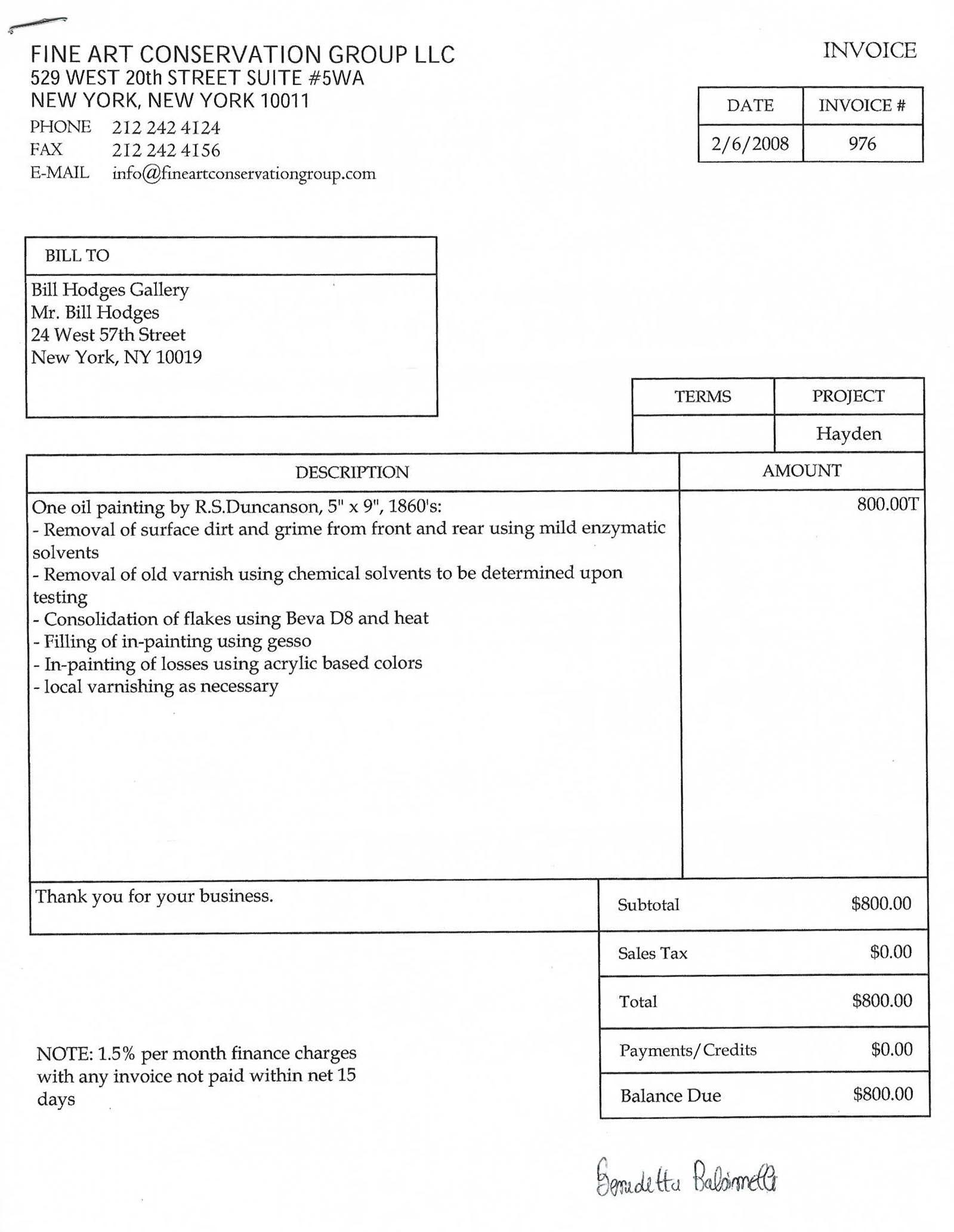

Robert Scott Duncanson (1821–1872)
Robert Seldon Duncanson was a trailblazing figure in nineteenth-century American art and one of the first Black artists to achieve international recognition. Born free in Fayette, New York, to a family of housepainters and carpenters descended from formerly enslaved Virginians, he was largely self-taught, learning by copying prints, sketching from nature, and mastering the fundamentals of portraiture before turning his attention to landscape painting. By the 1840s, he had settled in Cincinnati, then a burgeoning cultural center where a network of abolitionist patrons and a vibrant Black community supported his ambitions.
Duncanson’s early landscapes reflected the influence of Thomas Cole and the Hudson River School, but he quickly developed a distinctive style marked by luminous light, sweeping vistas, and an undercurrent of poetic storytelling. A pivotal 1848 commission from abolitionist minister Charles Avery signaled his shift away from portraiture and toward landscape painting, and within a few years he had secured major projects, including a celebrated series of murals for the Cincinnati home of Nicholas Longworth. Works like Blue Hole, Flood Waters, Miami River (1851) and Landscape with Rainbow (1859) established his reputation, blending naturalistic detail with allegorical resonance and earning him widespread critical acclaim.
At a time when opportunities for Black artists were profoundly limited, Duncanson forged his own path. Supported by abolitionist patrons, he embarked on multiple European tours, studying Old Master paintings and British Romantic poetry, which deepened the literary and symbolic dimensions of his art. His 1861 masterpiece Land of the Lotus Eaters, inspired by Tennyson, was hailed by the London Art Journal as the work of a “master of landscape painting,” and British critics proclaimed him “the greatest landscape painter in the West.” During the Civil War, he exiled himself to Canada, where his presence helped shape the emerging Canadian landscape tradition and inspired artists such as Otto Reinhold Jacobi.
Although most of Duncanson’s paintings did not directly address race, scholars continue to debate whether his landscapes contain coded references to freedom and redemption. His 1853 work Uncle Tom and Little Eva, based on Harriet Beecher Stowe’s Uncle Tom’s Cabin, is a rare example of overt abolitionist subject matter. Yet even in his more pastoral scenes, many see subtle allegories of liberation and hope embedded within his romantic vision of the land.
In his later years, despite declining health, Duncanson continued to paint with remarkable vitality. Works such as Ellen’s Isle, Loch Katrine (1871) demonstrate a mature synthesis of Hudson River School technique and European Romanticism. When he died in 1872 after collapsing at an exhibition in Detroit, newspapers on both sides of the Atlantic remembered him as the preeminent landscape painter of the American West.
Duncanson’s legacy endures as both an artistic and cultural milestone. His paintings are held in major institutions including the Smithsonian American Art Museum, the Metropolitan Museum of Art, the National Gallery of Art, and the Taft Museum of Art, which maintains one of the largest collections of his work. In 2021, Landscape with Rainbow was chosen to hang in the U.S. Capitol during President Biden’s inauguration, a symbol of hope and unity that reflects the enduring power of his vision. Duncanson’s art continues to speak to themes of freedom, resilience, and belonging, and his pioneering career opened doors for generations of Black artists to follow
Untitled (Landscape), ca. 1850
Oil on Canvas 5 ¼ x 9 in. (13.3 x 22.9 cm)
Signed on Stretcher on Reverse by Etching: R S DUNCANSON Signed Indistinctly Lower Right
$30,000


for Scale


Signed on Stretcher on Reverse by Etching: R S DUNCANSON

Conservation Report
